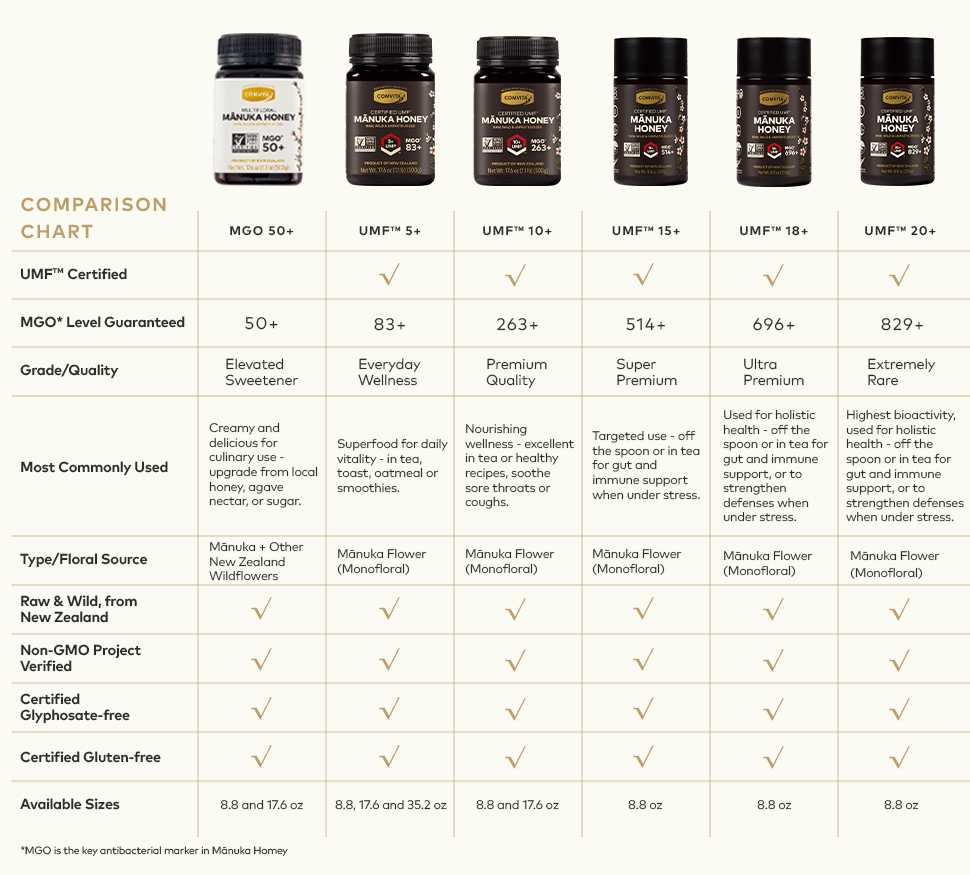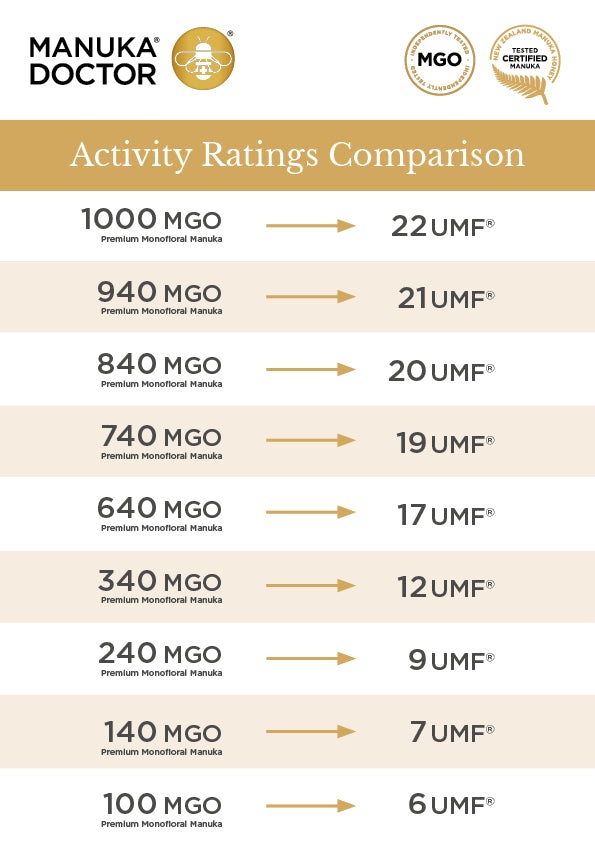
Are you curious about the incredible benefits of manuka honey? Well, we’ve got some exciting news for you! In this article, we’ll be exploring the topic of the highest MGO (methylglyoxal) in manuka honey. MGO is a key marker in determining the potency and quality of this golden elixir, known for its antibacterial properties and potential health benefits. So, let’s dive right in and uncover the fascinating world of manuka honey’s highest MGO levels!
What is MGO in Manuka Honey?
Manuka honey is a unique type of honey that is renowned for its powerful health benefits. One of the key factors that contribute to its exceptional properties is the presence of Methylglyoxal (MGO). MGO is a naturally occurring compound found in high concentrations in Manuka honey. It is responsible for the honey’s antibacterial and healing properties, making it highly sought after by health enthusiasts worldwide.
Definition of MGO
MGO, or Methylglyoxal, is an organic compound that is present in varying amounts in different types of honey. However, Manuka honey contains significantly higher levels of MGO compared to other varieties. Methylglyoxal is formed when dihydroxyacetone, a compound found in high levels in the nectar of Manuka flowers, undergoes a chemical reaction during the honey-making process. MGO is what sets Manuka honey apart, giving it its unique properties and health benefits.
MGO vs. UMF
While MGO is a commonly used measurement for Manuka honey, it is important to note that it is not the only rating system in place. Another widely recognized rating system for Manuka honey is the Unique Manuka Factor (UMF). Both MGO and UMF reflect the potency of Manuka honey, but they are measured and represented in different ways. MGO measures the Methylglyoxal content in milligrams per kilogram (mg/kg), while UMF measures the overall quality and purity of Manuka honey. It is important to consider both MGO and UMF ratings when purchasing Manuka honey for its therapeutic properties.
Importance of MGO in Manuka Honey
MGO is the primary compound responsible for the exceptional antibacterial and healing properties found in Manuka honey. It has been extensively studied for its ability to inhibit the growth of bacteria, including harmful strains such as Staphylococcus aureus and Escherichia coli. The higher the MGO content in Manuka honey, the more potent its antibacterial effects. MGO also contributes to the honey’s anti-inflammatory and antioxidant properties, making it a valuable addition to one’s daily health routine.
Factors Affecting MGO Levels
Several factors influence the MGO levels found in Manuka honey. These factors can determine the quality and potency of the honey, making it essential to understand their impact.
Manuka Plant Source
The key determinant of MGO levels in Manuka honey is the source of the nectar-producing plants. The Manuka plant, also known as Leptospermum scoparium, is native to New Zealand and Australia and is the primary source of nectar for bees to produce Manuka honey. The nectar composition and MGO levels can vary depending on the specific Manuka plants from which the bees collect the nectar. Different Manuka plant sources can result in variations in MGO levels, affecting the overall quality of the honey.
Geographical Location
The geographical location where the Manuka plants grow plays a vital role in determining the MGO levels of the honey. The unique environmental conditions in different regions influence the nectar composition and the subsequent MGO content in the honey. Generally, Manuka honey produced in New Zealand tends to have higher MGO levels compared to honey produced in other regions. The pristine and remote landscapes of New Zealand are conducive to the growth of high-quality Manuka plants, resulting in honey with exceptional MGO levels.
Honey Harvesting Process
The process of harvesting honey from the beehives can also impact the MGO levels in Manuka honey. The extraction and filtration techniques used can affect the overall integrity of the honey and, in turn, the MGO content. Cold-pressed extraction methods that preserve the natural properties of the honey are preferred over heat-based processes that may degrade the MGO levels. It is essential for reputable honey producers to prioritize gentle and careful honey extraction techniques to ensure the highest MGO levels in their Manuka honey.
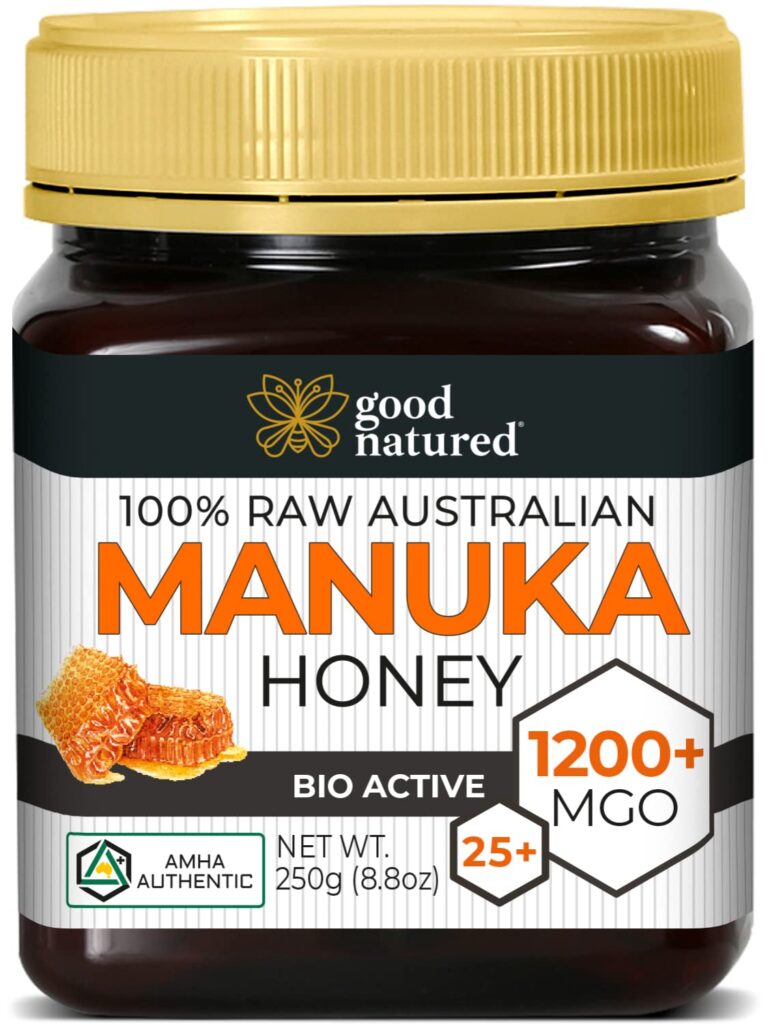
Different MGO Levels in Manuka Honey
Manuka honey comes in various MGO levels, each with its own set of characteristics and health benefits. Understanding the different MGO levels will help you choose the honey that aligns with your specific needs.
Low MGO (<100)< />3>
Manuka honey with a low MGO level, typically below 100, is considered to have mild antibacterial properties. While it may not have the same potency as higher MGO levels, it still offers a range of health benefits. Low MGO Manuka honey is often used as a natural sweetener and can be enjoyed daily for its nutritional value.
Moderate MGO (100-200)
Manuka honey with a moderate MGO level, ranging from 100 to 200, possesses stronger antibacterial properties. It is often used to support overall immune health and promote digestive wellness. Moderate MGO Manuka honey is an excellent choice for regular consumption to maintain general well-being.
High MGO (200-400)
Manuka honey with high MGO levels, typically between 200 and 400, is prized for its potent antibacterial properties. It is widely used in natural remedies and homeopathic treatments to address various health concerns. High MGO Manuka honey may be beneficial for supporting respiratory health, soothing the throat, and promoting overall wellness.
Very High MGO (>400)
Manuka honey with very high MGO levels, exceeding 400, is considered to have exceptional therapeutic properties. It is often used for targeted applications and specific health issues. Very high MGO Manuka honey is highly sought after by those seeking a natural alternative for wound healing, skin conditions, and immune support.
Determining the Highest MGO in Manuka Honey
Determining the highest MGO levels in Manuka honey requires careful evaluation and reliable verification methods. Here are some key steps to ensure you are purchasing honey with the highest MGO content.
Independent Lab Testing
Reputable honey producers ensure that their Manuka honey undergoes independent lab testing to verify its MGO levels. These lab tests provide accurate and unbiased results regarding the MGO content of the honey. Look for brands that transparently share their lab test results to ensure the authenticity and quality of their honey.
MGO Certification
MGO certification is another important factor to consider when determining the highest MGO levels in Manuka honey. Certified MGO ratings provide assurance that the honey has been tested and verified according to established standards. Look for products with credible MGO certifications to ensure you are purchasing honey with the highest MGO content.
Measuring MGO Content
When comparing different brands and products, pay close attention to the MGO content stated on the packaging. The MGO rating should be clearly indicated, reflecting the amount of MGO in milligrams per kilogram (mg/kg). Higher MGO ratings indicate higher levels of Methylglyoxal in the honey. Carefully reviewing the MGO content will help you select products with the highest MGO levels in Manuka honey.
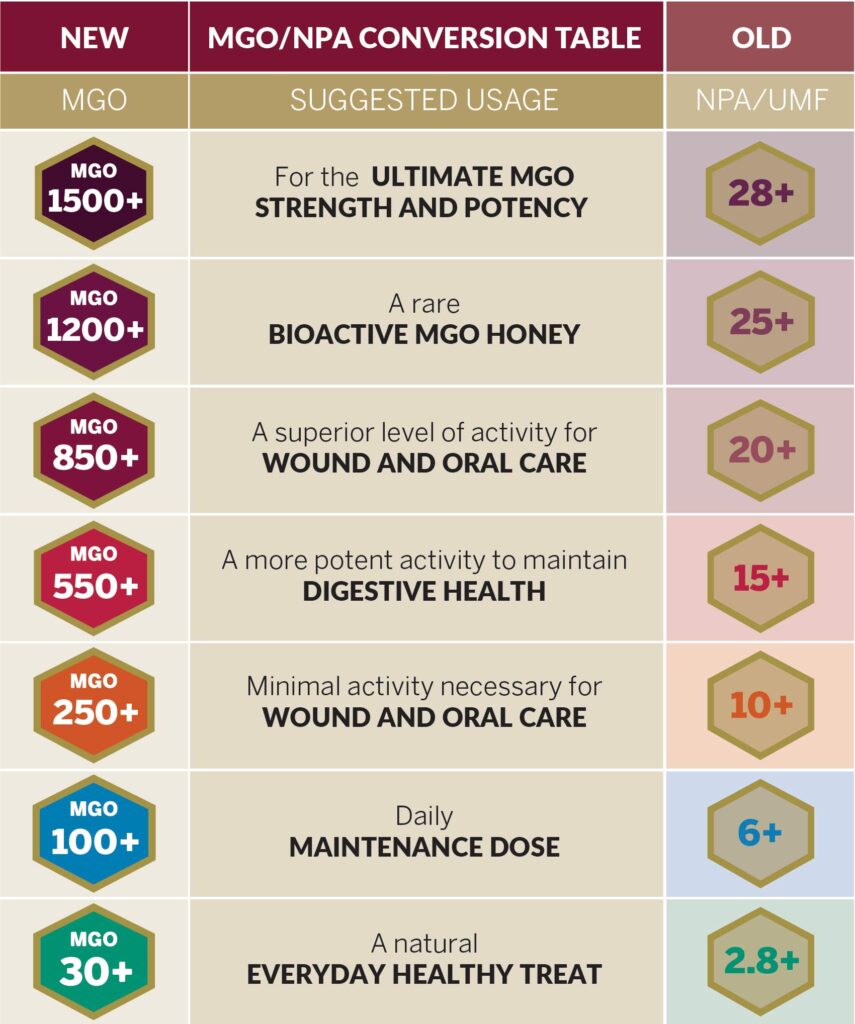
Benefits of High MGO Manuka Honey
High MGO Manuka honey offers an array of health benefits due to its potent Methylglyoxal content. Incorporating this honey into your daily routine can have a positive impact on your health and well-being.
Powerful Antibacterial Properties
The high levels of MGO in Manuka honey contribute to its powerful antibacterial properties. MGO has been shown to inhibit the growth of bacteria, including antibiotic-resistant strains like MRSA. Consuming high MGO Manuka honey may help support your immune system and protect against bacterial infections.
Enhanced Healing Properties
The MGO in Manuka honey has been found to possess unique healing properties. It can aid in wound healing by promoting tissue regeneration and reducing inflammation. Applying high MGO Manuka honey topically on wounds or skin irritations can help accelerate the healing process and prevent infection.
Soothing Effects on Digestive System
High MGO Manuka honey can be beneficial for maintaining digestive health. It has a soothing effect on the digestive system and may help alleviate symptoms of gastrointestinal disorders like acid reflux and gastritis. Consuming Manuka honey with high MGO levels can support a healthy gut environment and promote digestive comfort.
Potential Anti-Inflammatory Effects
Inflammation is a common underlying factor in various health conditions. The MGO in Manuka honey exhibits anti-inflammatory properties, which can help reduce inflammation in the body. Incorporating high MGO Manuka honey into your diet may contribute to a healthier inflammatory response and potentially alleviate symptoms of inflammatory conditions.
How to Choose the Highest MGO Manuka Honey
With numerous options available in the market, selecting the highest MGO Manuka honey can seem overwhelming. Here are some tips to help you make an informed choice.
Check for Authenticity Label
Ensure that the Manuka honey you are considering has an authenticity label. Authenticity labels provide assurance that the honey has been independently tested and verified to be genuine. The label should also mention the MGO rating, allowing you to choose honey with the highest MGO content.
Read the MGO Rating
Carefully read the MGO rating mentioned on the packaging. Compare the MGO ratings of different brands to identify the honey with the highest MGO levels. Remember that higher MGO ratings reflect greater potency and therapeutic potential.
Consider Personal Needs
Consider your specific health needs and desired outcomes when selecting the highest MGO Manuka honey. Different MGO levels offer varying levels of antibacterial and healing properties. Assess your requirements and choose the MGO level that aligns with your goals for optimal health benefits.

Popular Brands with High MGO Manuka Honey
When it comes to high MGO Manuka honey, several brands have established themselves as leaders in the industry. Here are three popular brands known for their high-quality products:
Brand 1
Brand 1 offers a range of Manuka honey products, with their highest MGO variant reaching levels above 400. They prioritize sourcing their honey from the best Manuka plant sources and employ rigorous testing processes to ensure the highest MGO standards.
Brand 2
Brand 2 is renowned for its exceptionally high MGO Manuka honey, which surpasses 500 in some of their products. They have a strong commitment to sustainability and support ethical honey harvesting practices. Their honey is meticulously tested and backed by reliable certifications.
Brand 3
Brand 3 is a trusted name in the Manuka honey industry, offering a diverse range of high MGO honey options. Their products consistently boast MGO levels exceeding 300, ensuring potent antibacterial and healing properties. Transparency and quality are at the forefront of their operations.
Safety Precautions
While Manuka honey is generally safe for consumption, it is important to take certain precautions to prevent any adverse reactions.
Allergies and Sensitivities
Individuals with known allergies to honey or bee products should exercise caution when consuming Manuka honey. If you have a history of allergic reactions, it is advisable to consult with a healthcare professional before incorporating high MGO Manuka honey into your diet.
Potential Side Effects
In rare cases, excessive consumption of high MGO Manuka honey may cause digestive discomfort, such as diarrhea or stomach cramps. It is recommended to start with small amounts and gradually increase intake while monitoring your body’s response. If you experience persistent side effects, discontinue use and consult a healthcare professional.
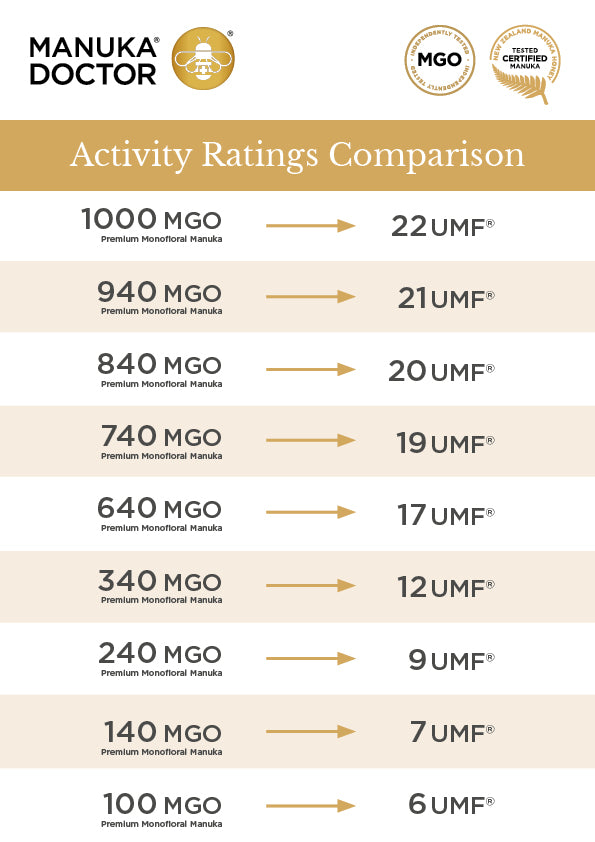
Storage and Usage Tips
To preserve the quality and integrity of high MGO Manuka honey, proper storage and usage techniques are crucial.
Proper Storage Conditions
Store your Manuka honey in a cool and dry place, away from direct sunlight. Avoid exposure to excessive heat or cold, as it can affect the honey’s quality. Ensure the jar or container is tightly sealed to prevent air and moisture from entering, as these can degrade the MGO content.
Recommended Consumption
The recommended daily consumption of Manuka honey varies based on individual needs and preferences. Generally, consuming 1-2 teaspoons of high MGO Manuka honey per day can provide the desired health benefits. It can be enjoyed on its own, added to beverages, or used as a natural sweetener in various recipes.
Conclusion
High MGO Manuka honey is a remarkable natural product known for its exceptional health benefits. Its potent antibacterial and healing properties make it a valuable addition to any wellness routine. Understanding the significance of MGO levels, evaluating the authenticity and quality of the honey, and considering individual needs are key factors in choosing the highest MGO Manuka honey. By incorporating this precious honey into your daily life, you can reap the numerous benefits it offers for your overall well-being.
